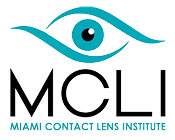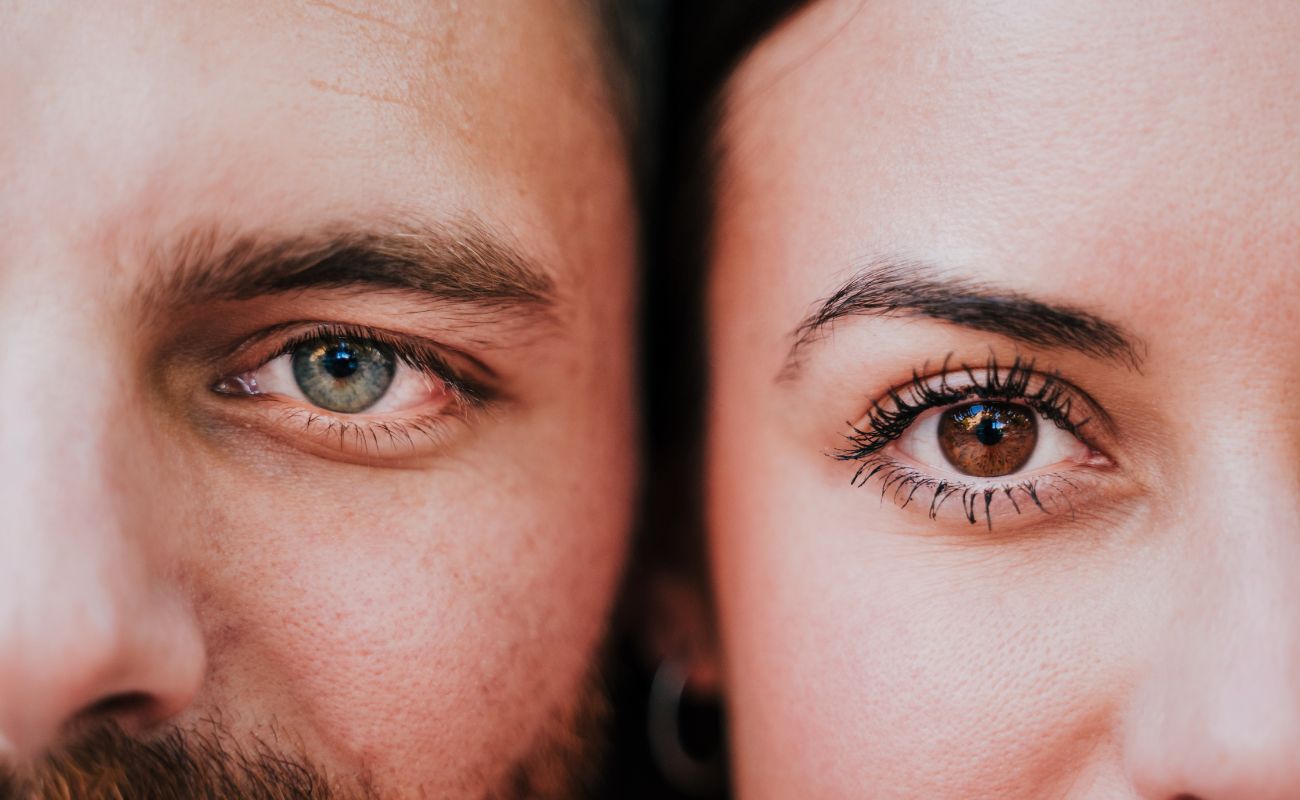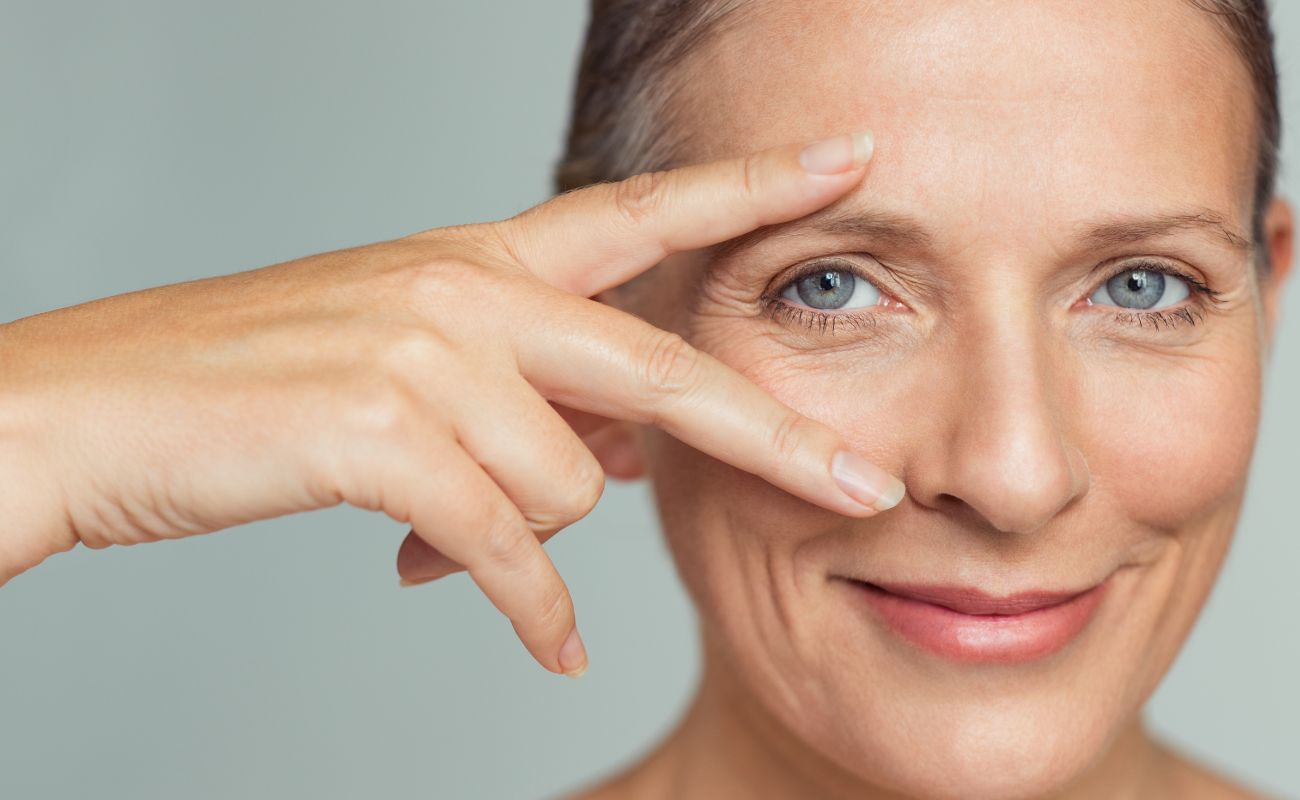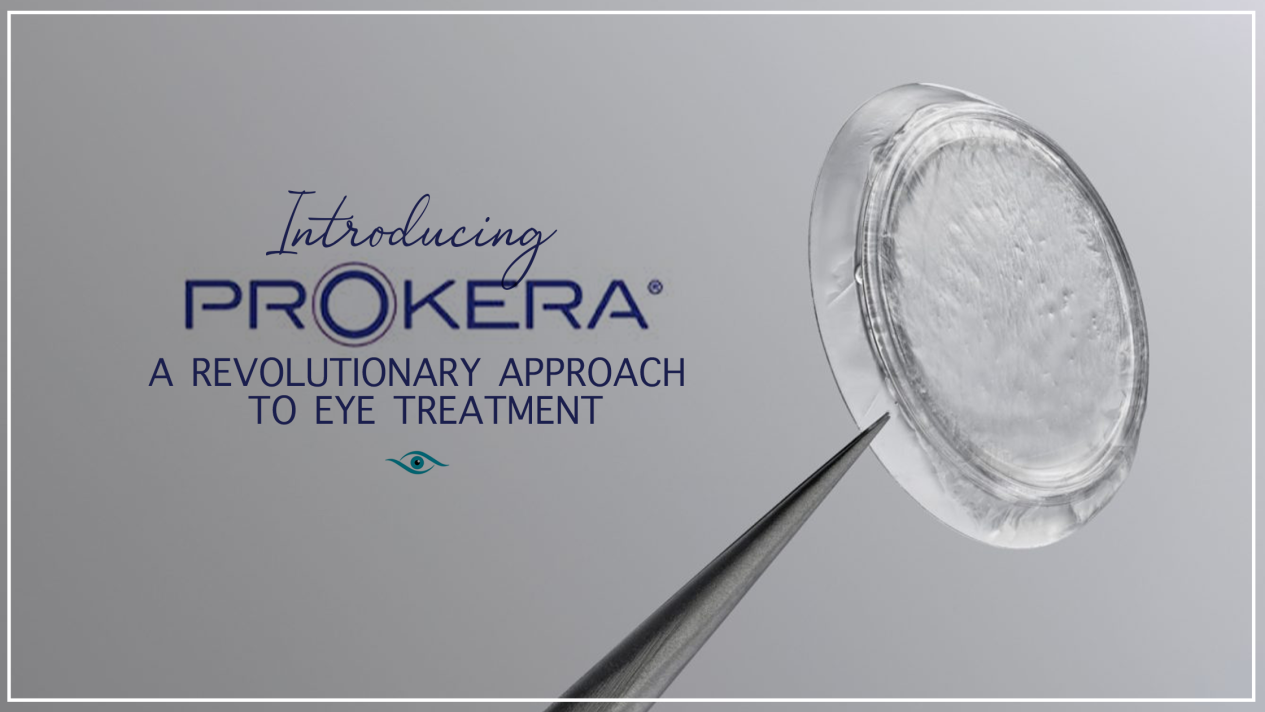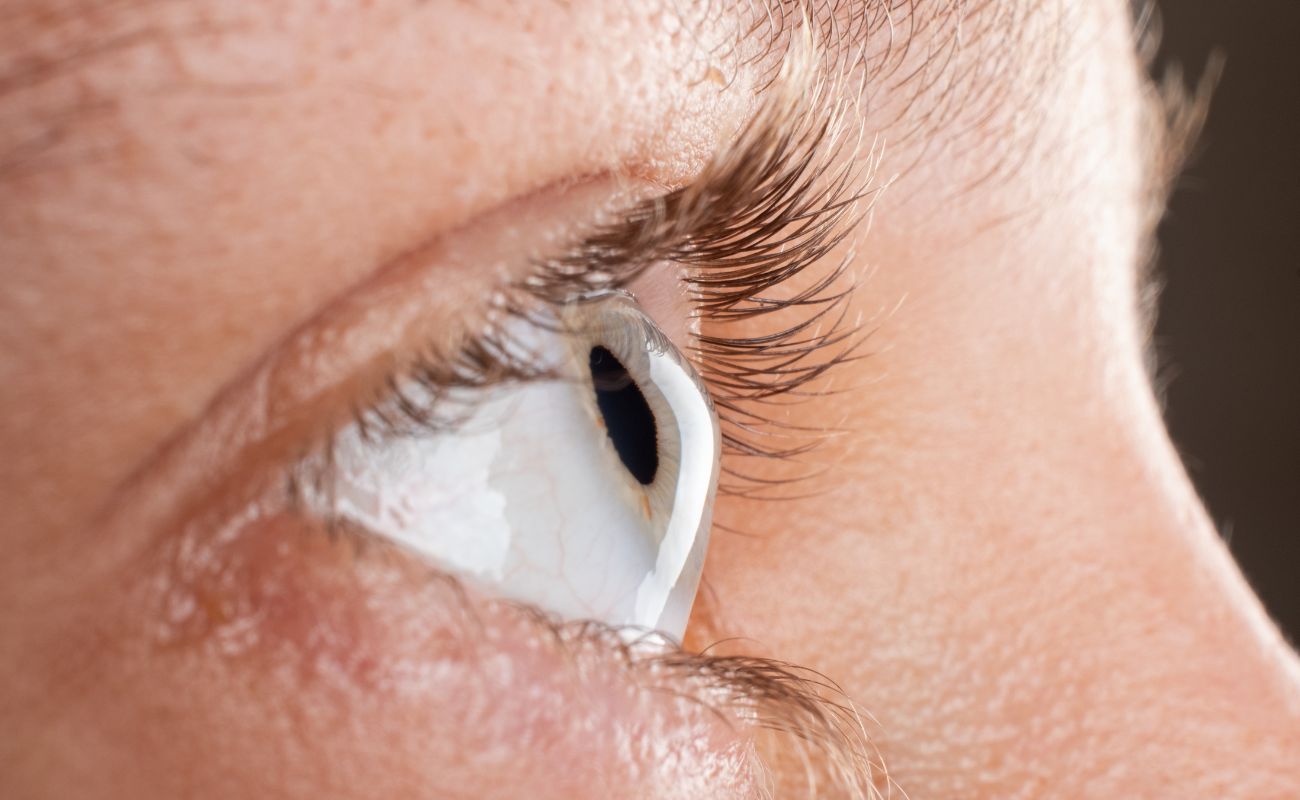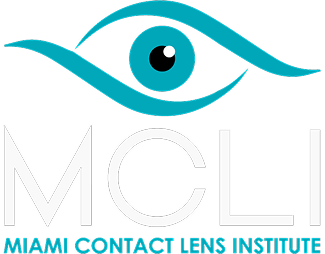Dry eye disease (DED) is a widespread, chronic condition that affects millions of people worldwide. DED causes discomfort, affects visual clarity, and reduces overall quality of life. Dry eye disease is a well-known and extensively researched condition. Yet, the differences in how it affects men and women are not commonly discussed.Most of the factors mentioned in this blog are generalizations based on statistical analysis of large groups. While valid for many patients, what applies to most people in your gender group may not necessarily apply to your specific situation.Let’s explore the differences in how dry eye affects men and women, the prevalence of dry eye disease (DED), and whether there are different treatment approaches.
What Is Dry Eye Syndrome?
Dry eye disease, or dry eye syndrome, is a condition in which the eyes do not produce sufficient tears. Also, the tears produced are unstable, or they evaporate too quickly. A stable tear film is essential to keep the ocular surface adequately lubricated. Tears consist of lipid (oil), aqueous (water), and mucous layers, which maintain comfort and support visual acuity.Disruption of any of the layers can cause symptoms such as burning, redness, irritation, blurry vision, and grittiness. Untreated dry eye disease can result in chronic discomfort, corneal damage, and vision loss. Early intervention is crucial for long-term comfort and the protection of your vision.
Is Dry Eye More Prevalent In Men or Women?
Research shows that dry eye is significantly more common in women. Females account for more than two-thirds of dry eye patients and are almost twice as likely to develop dry eye. Several factors contribute to the increased risk of dry eye in women. Hormonal changes are one of the most common causes. It disrupts tear production and stability, reducing the overall quality of the tear film.Fluctuations in estrogen and androgen levels when taking contraceptives, during pregnancy, puberty and menopause play a pivotal role in the development of dry eye. Age is a significant risk factor for men and women, as tear quality naturally declines over time. Mature women are even more likely to experience dry eye syndrome, particularly in the post-menopausal phase.Additionally, diseases like Sjögren’s syndrome, lupus, rheumatoid arthritis, and thyroid disorders, which contribute to dry eye, are more prevalent in women. Some medications, like antihistamines, antidepressants, and glaucoma treatments, also affect the production and quality of tears. Lifestyle factors, such as prolonged screen time, contact lens wear, and exposure to air-conditioned environments, also exacerbate the risk.
How Does Dry Eye Affect Men and Women Differently?
Both men and women experience symptoms of dry eye, such as burning, pain, and blurry vision; however, there are differences in how the disease manifests. Women tend to report more severe symptoms and often experience a significant impact on daily life. Furthermore, women usually develop dry eye at a younger age, often due to hormonal changes.Women, especially those with autoimmune diseases, are more likely to develop dry eye and typically seek treatment early, which helps prevent severe ocular surface disease (OSD). Men, on the other hand, often delay seeking care. As a result, they are more likely to be diagnosed with advanced OSD, which has a greater impact on daily life. Early intervention is key for both groups to avoid long-term complications.
Gender-Specific Lifestyle Factors
Lifestyle choices and habits also contribute to differences in how men and women experience dry eye. Women are more prone to ignoring irritation caused by contact lenses due to aesthetic pressure. Some makeup and removers also contain chemicals that can cause irritation and destabilize the tear film. However, many women are hesitant to stop using these products.Cosmetic procedures, such as blepharoplasty (eyelid surgery), eyelash lifts and extensions, and permanent makeup tattoos, which can impact tear film stability and ocular surface health, are also more commonly performed on women. On the other hand, women tend to be more attentive to their hydration and nutritional needs than men, who often experience dry eye due to dietary imbalances.
Does Gender Impact Dry Eye Treatments?
Women are typically more likely to comply with maintenance routines such as daily use of artificial tears, eyelid hygiene, and supplement intake. Women tend to be more committed to long-term treatment plans. They usually value ongoing medical support, while men tend to prefer managing their condition independently.A greater percentage of women seek emotional reassurance from their medical provider and prefer to see the same doctor for the duration of their treatment. Alternatively, men are less likely to build consistent relationships with their health providers. Men are also more likely to pursue solutions that provide faster symptom relief, like intense pulsed light and radio frequency therapy.The economic priorities of men and women can also differ. For example, according to data analysis, women spend more money on dry eye treatments, which reflects the higher prevalence of DED in women and their willingness to invest in medical care. How this affects treatment plans is that women are often more willing to start with conservative treatment options. Concurrently, men tend to prefer addressing an issue as quickly as possible.
Final Thoughts on Gender and Dry Eye Treatment
Gender alone doesn’t affect how a dry eye treatment plan is structured. Biological differences can determine the cause and severity of the disease. Some psychological variations also affect when treatment is sought out and which treatment is preferred. Gender has a much more profound impact on the development of dry eye. It is often linked to the hormonal changes women experience throughout their lives.Men and women should seek treatment as soon as possible to avoid potential complications. If you experience persistent dry eye symptoms, contact the Miami Contact Lens Institute to schedule a consultation. We will conduct a thorough evaluation to determine the cause, severity, and impact of your condition, enabling us to provide optimal support.
